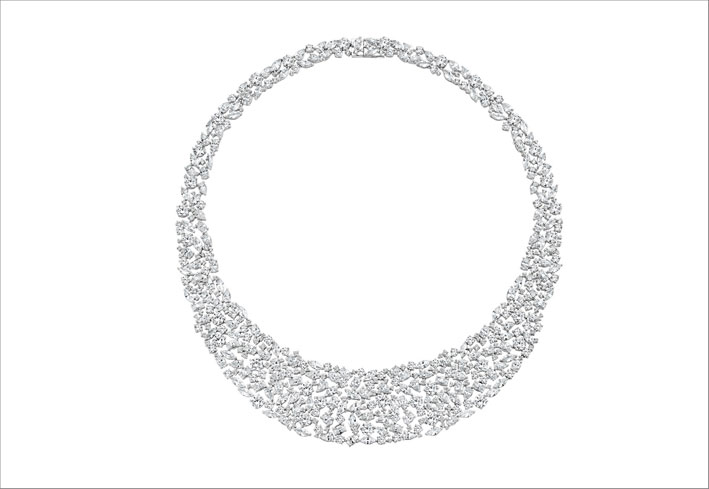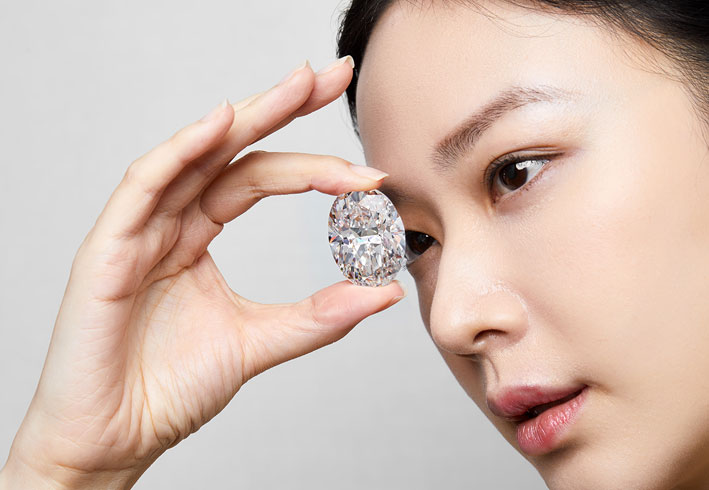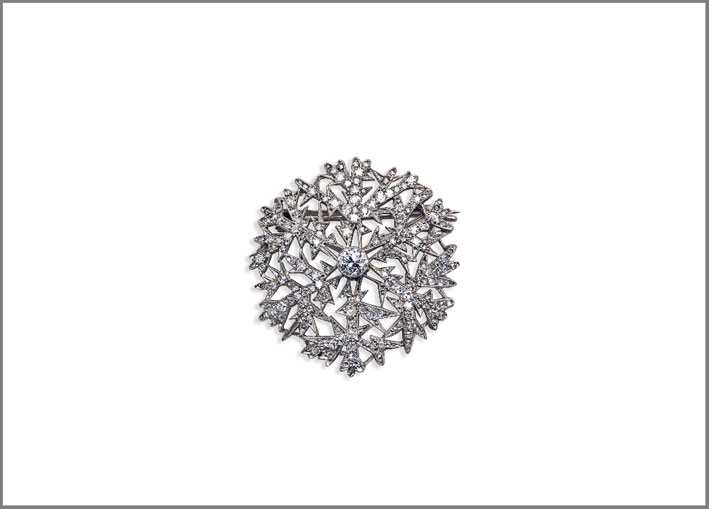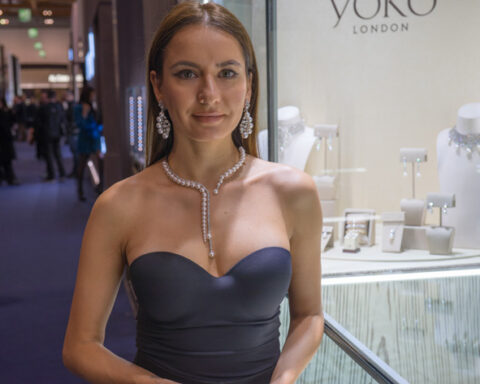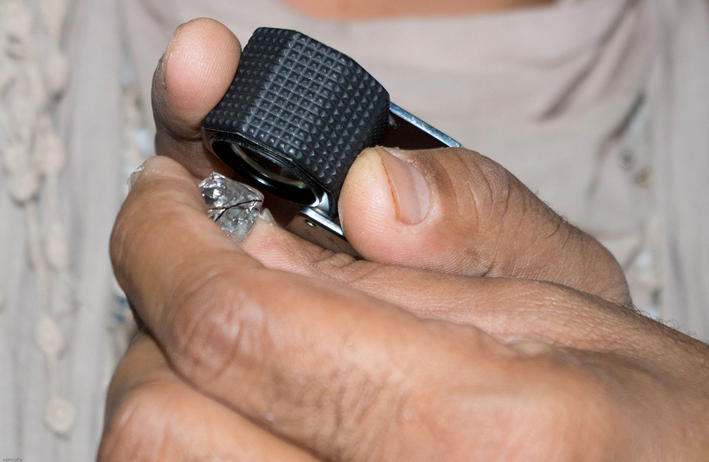It has been talked about for years, but many people still don’t have a clear idea of what stones are called lab grown diamonds. If you are looking for a quick and concise description of artificially produced diamonds, here we are. Basically, there are two methods to produce man-made diamonds, but in both cases the gems are identical, from a chemical point of view, to natural stones. But the similarity ends there.
The name of the diamonds
But, first of all, what are these diamonds called? In English the definition lab grown is the most used, especially by the marketing of those who produce or sell these synthetic diamonds. The idea that diamonds grow in the laboratory like tomatoes in a greenhouse offers a greener view of the product. The communication of those who produce and sell them is based precisely on the idea that diamonds created in the laboratory (but in reality they are factories, as for any other product), are more sustainable. Right? Wrong? We see.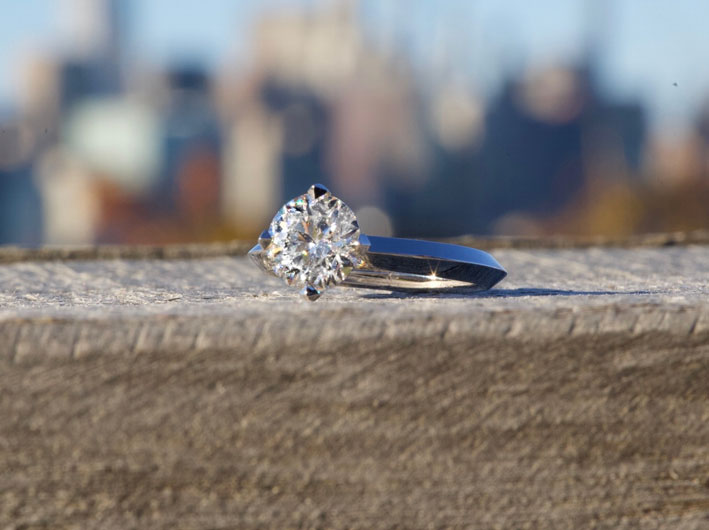
Sustainability
A natural diamond, created 2 or 3 billion years ago by the movement of the earth’s crust, is the result of the incredible pressure caused by the shifting of continents. Natural diamonds are therefore found under the ground. To be mined, diamonds must be searched deep or through large excavations in remote areas. Of course this activity, even if it is well controlled today, cannot be defined as sustainable. But, on the other hand, we must not forget that the extraction of natural diamonds also offers a livelihood for thousands of families in poor areas, such as Africa. Finally, any smartphone that you have in your pocket is the result of the extraction from the earth of a large number of minerals and no one is scandalized.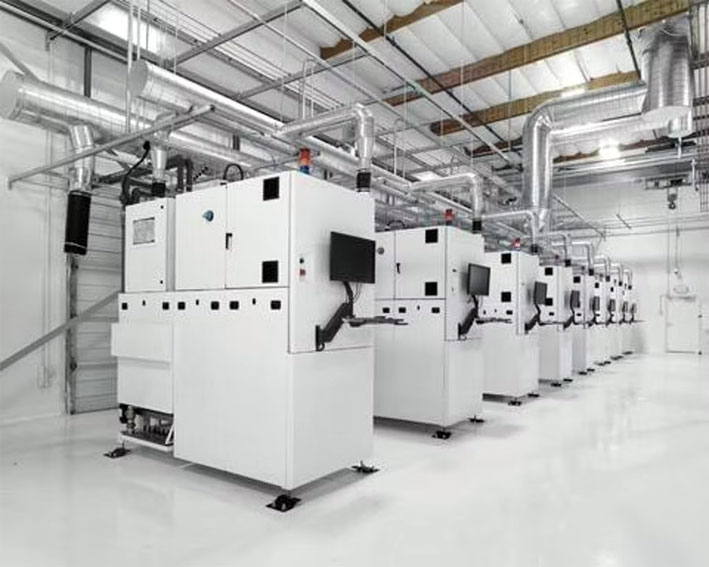
In any case, is it true that lab-created diamonds are green? It depends. First of all, man-made diamonds require an enormous amount of energy to be produced. The vast majority of these diamonds are produced in China and India, but also the United States and Israel, and in many countries, coal-fired plants still represent the predominant source of energy. The emissions caused by the production of lab grown diamonds cannot be considered completely green. Furthermore, few people are needed to produce synthetic diamonds and, therefore, their positive contribution to the social economy is very low.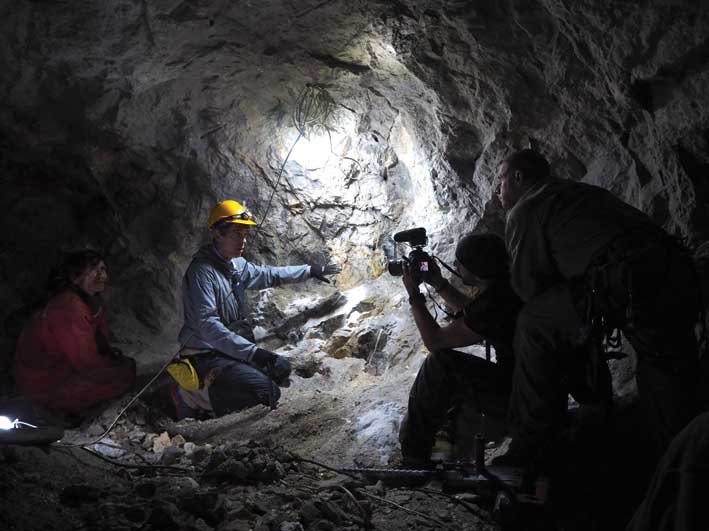
How are they produced?
Diamonds that come out of a laboratory are produced using two very different methods: CVD (chemical vapor deposition) and HPHT (high pressure at high temperature). Currently the CVD system seems to prevail and, according to some, even offers a better result. So, if you want to buy a jewel with synthetic diamond, you can take the curiosity to ask what type of factory it was produced from. However, both methods use the same basic material: carbon.
The HPHT system
The HPHT process uses a metal catalyst to dissolve the carbon. This process has a disadvantage: a few tiny pieces of metal can enter the diamond and cause visible inclusions. The carbon used, in fact, is pressed inside a metal cube, exposed to immense heat and pressure through electrical impulses. In this way the carbon breaks down and crystallizes in a diamond. But tiny traces of metal inside could make the diamond attracted to a magnet. It sure wouldn’t be nice to buy a diamond ring and then hang it on the fridge door (we’re kidding).
The CVD system
To produce a diamond with the CVD method, a tiny fragment of natural diamond is locked in a machine. Here it is exposed to carbon-rich gas and brought to extremely high temperatures. Within a few weeks, the carbon gas ionizes and the mineral particles stick to the original diamond and then crystallize.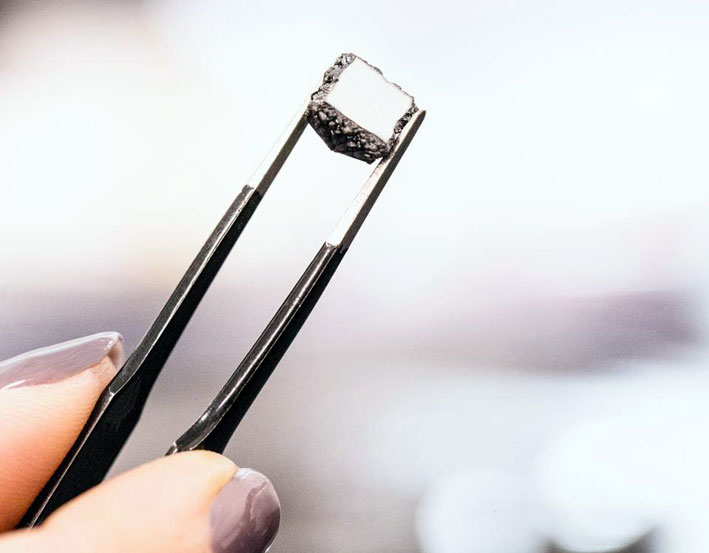
Are laboratory diamonds the same as others?
From a chemical point of view, the diamonds produced in the laboratory are the same as those extracted in a mine. They are, therefore, like any mass-produced object. Natural diamonds, on the other hand, have an unpredictability of color, transparency and size that, obviously, is not present in synthetic diamonds.
Are all synthetic diamonds the same?
No, as with natural ones, synthetic diamonds can also have a different quality. It is only recently, however, that the major institutes have begun to classify them. GIA and IGI, for example, judge them by cut, color and clarity, just like natural diamonds. Excellent cut, D to F color and VS2 to SI1 clarity are the best categories.
How much does a synthetic diamond cost?
The price of a lab-made diamond is determined by many factors. The first is the size, then from the famous 4 Cs that are used to classify all diamonds. Until recently diamond factories were unable to produce large gems, over one and two carats. It is now much more common and quite large diamonds have also been produced. The price, however, is much higher. In any case, lab grown diamonds cost less than natural ones. Over time, however, their price decreases, that of natural diamonds tends to increase.
Read also: https://gioiellis.com/it/il-futuro-dei-diamanti-di-laboratorio
Features
Laboratory diamonds are as hard and resistant as natural diamonds: they have a rating of 10, which is the highest, on the Mohs scale. Even on a jewel they shine exactly like the others. When buying a diamond jewel can you distinguish if it is natural or synthetic? No, even for a jeweler or gemologist it is impossible to distinguish a natural diamond from an artificial one. However, there are laboratories with special equipment that can identify a diamond created in the laboratory.

